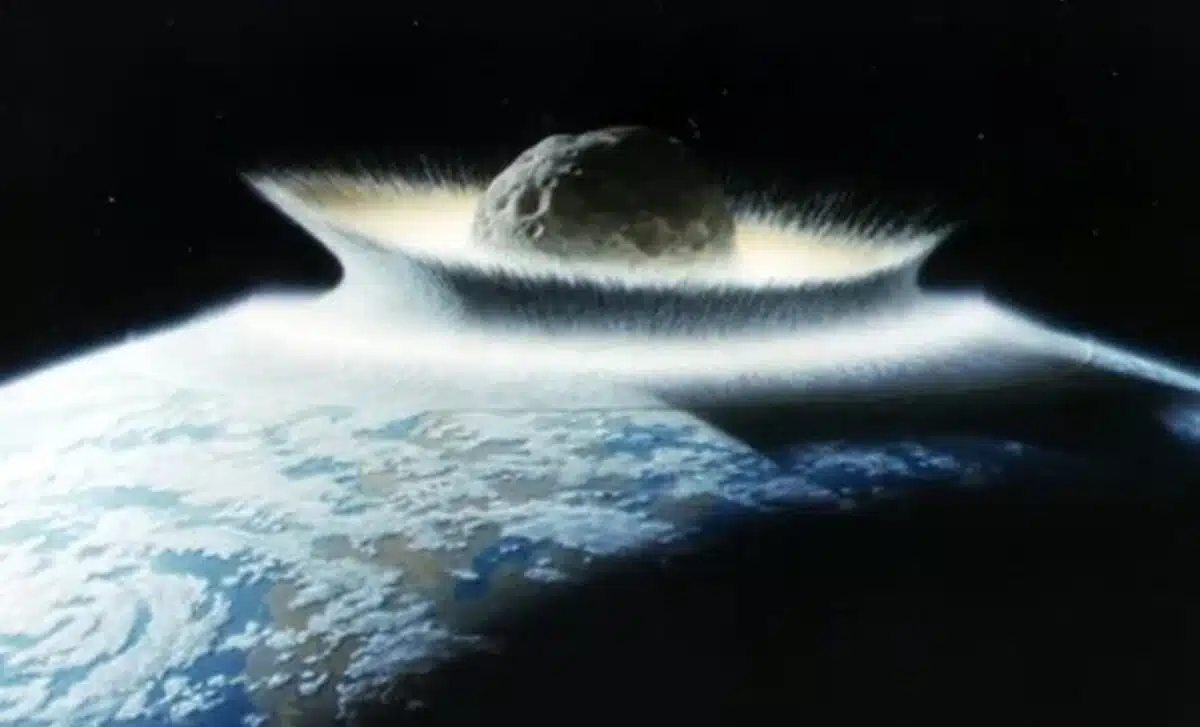
Published on October 17, 2024 10:30 by Lydia Amazouz
Collected at: https://dailygalaxy.com/2024/10/surprising-origin-meteorites-hitting-earth/
A new breakthrough in the study of meteorites has revealed that over 70% of meteorites that strike Earth come from just three asteroid families.
This discovery, outlined in recent research published in Nature and Astronomy and Astrophysics, has transformed our understanding of the origin of these space rocks, providing insights into both their source and the broader dynamics of the solar system.
The Asteroid Families Behind Most Meteorites
For decades, scientists were able to trace the origins of only a small fraction of meteorites that fell to Earth. Until recently, only 6% had been definitively linked to sources such as the Moon, Mars, or the asteroid Vesta. However, this changed dramatically with the new findings. Research led by scientists from the European Southern Observatory (ESO) and the CNRS has shown that three young asteroid families—Karin, Koronis, and Massalia—are responsible for the majority of meteorites on Earth. These families were formed through catastrophic collisions in the main asteroid belt, occurring 5.8, 7.5, and 40 million years ago, respectively.
The Massalia family stands out as a major contributor, accounting for 37% of known meteorites. These fragments originated from collisions between asteroids in the belt between Mars and Jupiter, with some eventually finding their way to Earth.
Understanding the Meteoritic “Flux”
The reason why these particular asteroid families dominate the flow, or “flux,” of meteorites to Earth lies in the nature of their age. Younger asteroid families, like those formed in more recent collisions, have an abundance of smaller fragments left over from the original breakups. These fragments are more likely to collide with each other, sending debris toward Earth. This process, called a “collisional cascade,” explains why newer asteroid families are still actively sending rocks to Earth, unlike older families, whose fragments have largely been depleted over millions of years.
Michaël Marsset, a research fellow at the European Southern Observatory and the lead author of one of the studies, stated to Gizmodo, “The most recent collisional events that happened in the asteroid belt are completely dominating the flux of material to our planet.” He continued, “You might think that the meteorite flux should be a blend of all the compositional classes we observe in the asteroid belt but it’s not at all the case; it’s dominated by three asteroids that fragmented recently.” Here, “flux” refers to the flow of meteors traveling from space to Earth.
Marsset aimed to trace the origins of the meteorites to address the gap between the space rocks found on Earth and those identified in the asteroid belt. Until now, researchers could only trace the origins of about 6% of meteorites, which mainly came from the Moon, Mars, and Vesta, one of the largest asteroids in the asteroid belt. However, the origins of the remaining meteorites remained a mystery.
New Methods for Tracing Meteorite Origins
The research involved detailed telescopic surveys of the chemical composition of asteroid families in the main belt, combined with advanced computer simulations of the collisional and dynamical evolution of these families. By matching the chemical signatures of meteorites found on Earth with their parent bodies, scientists were able to trace their origins with remarkable accuracy.
This new method has identified the source of more than 90% of known meteorites, a leap from the previous 6% threshold. In addition to identifying the source of ordinary chondrites—the most common type of meteorite—scientists also linked carbonaceous chondrites to specific asteroid families. This method extends beyond small space rocks, helping trace the origins of kilometer-sized asteroids, which pose potential threats to Earth.
Studying Meteorites for Clues about the Early Solar System
Meteorites provide invaluable clues about the early history of the solar system. They are remnants of the protoplanetary disk, the cloud of gas and dust that eventually formed the planets. By studying meteorites in detail, scientists can learn more about the conditions of the early solar system and the processes that shaped it.
The new findings not only enhance our understanding of Earth’s cosmic neighborhood but also help reconstruct the compositional and thermal gradients of the protoplanetary disk. This knowledge is crucial for uncovering the mysteries of how planets like Earth came to be.
The study of these fragments continues, as scientists aim to trace the origin of the remaining 10% of meteorites and focus on younger asteroid families formed less than 50 million years ago.

Leave a Reply